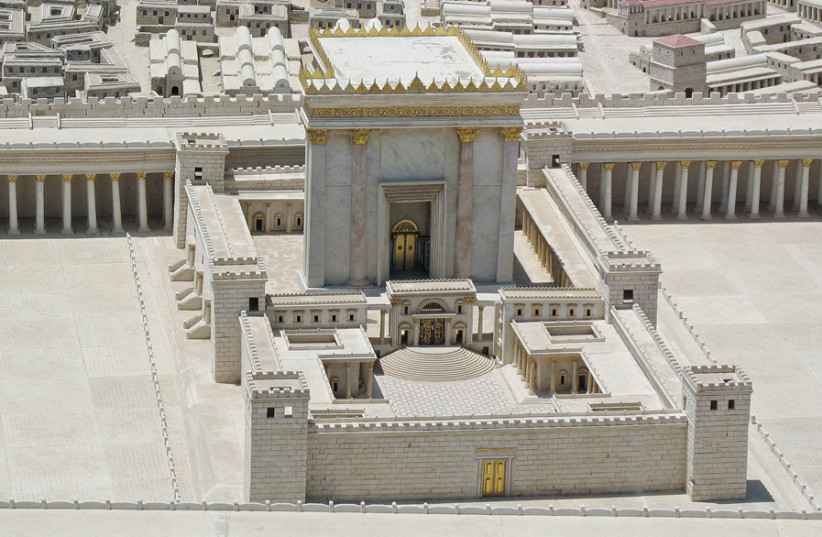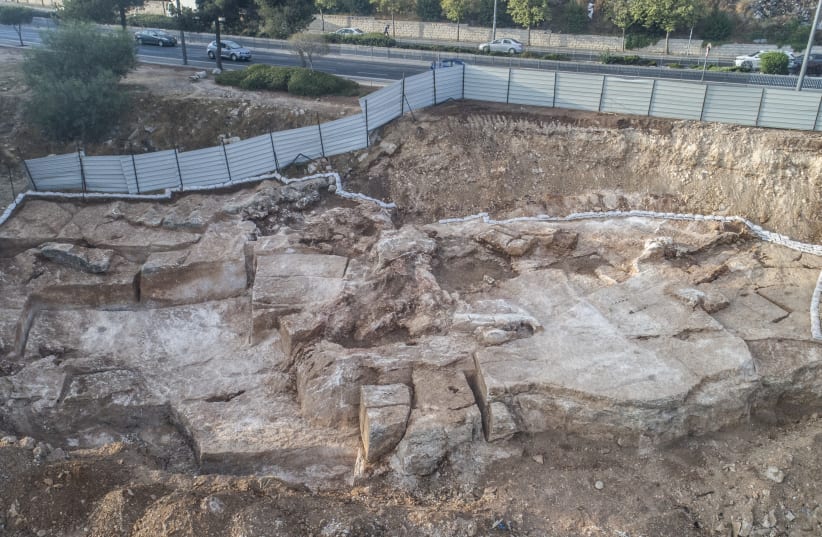Har Hotzvim, one of Jerusalem’s main hi-tech hubs, owes its name, which in Hebrew means “Quarrymen’s Hill,” to a much more ancient industrial activity: It is where archaeologists from the Antiquities Authority have uncovered a quarry dating back some 2,000 years, the IAA revealed Sunday.
The quarry was discovered during a salvage excavation before a new building project was set to begin. According to law, a salvage excavation must accompany all construction projects.
“The large-scale building projects in ancient Jerusalem, such as the Temple Mount, required a vast amount of building materials and the ability to organize and coordinate the quarrying and transportation of thousands of building blocks to the ancient city,” IAA excavation director Moran Hagbi said.

“Building blocks in various stages of spadework were discovered in the quarry,” he said. “For example, we uncovered large, cubical blocks of stone about to be detached from the bedrock, prior to being loaded and transported to the ancient city.”
The site has only been partially uncovered. Researchers believe it was two or three times larger than the 600 sq.m. currently exposed.
“For us as archaeologists, this quarry presents a golden opportunity,” Hagbi said. “Because some of the stones were left in situ in this way, we can copy ancient technologies and experiment with them to recreate the processes by which the building stones were quarried.”
To better understand how ancient workers operated, the researchers plan to reproduce tools and techniques known to have been used at the time to test their efficacy.
During the Second Temple period, magnificent construction projects were carried out in Jerusalem. In the first century BCE and up to the destruction of the city at the hands of the Romans, Jerusalem underwent great changes.
The Temple was expanded, and several monumental buildings and other infrastructure were erected. All this work required a lot of building materials.
“In a symbolic way, Jerusalem’s current development boom presents us with an opportunity to excavate and research the great building projects in ancient Jerusalem,” IAA general director Eli Eskozido said. “Before any development project begins in Jerusalem, our archaeologists are called upon to excavate and examine any ancient finds for the sake of future generations.”
